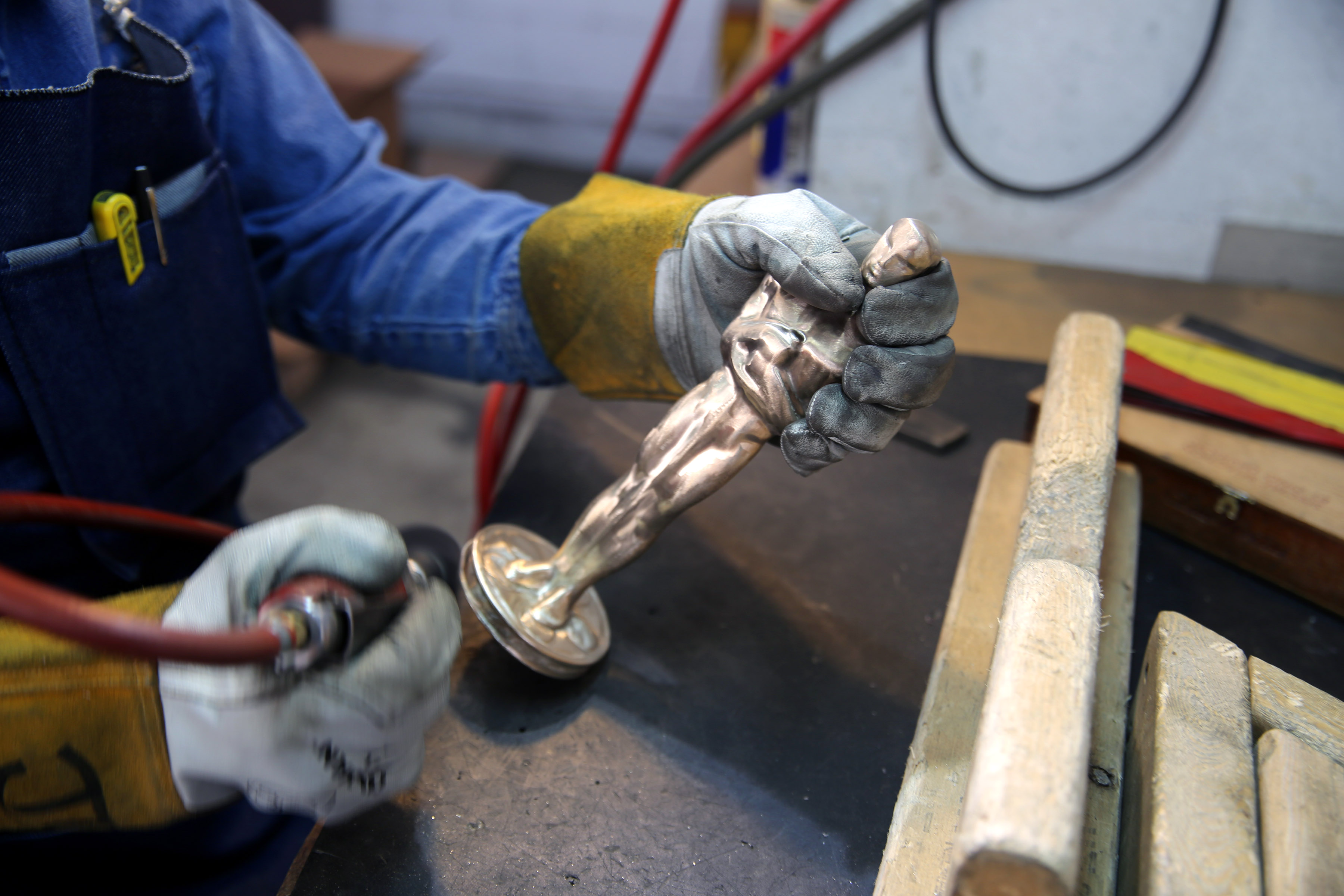By Tim Rosenberger
The decision to move production of the gold Oscar statuettes to New York after 34 years at Chicago manufacturing company R.S. Owens & Company was amicable, will not hurt the company’s business and R.S. Owens even helped in the transition, said Joseph Petree, R.S. Owens’s design director.
On Tuesday, The Academy of Motion Picture Arts and Sciences announced that its famous awards would be fabricated at the Polich Tallix Fine Art Foundry in Rock Tavern, N.Y., starting with this year’s statuettes.
R.S. Owens will still make The Academy’s other recognition prizes, such as the plaques for the Scientific and Technical Awards. The Academy’s desire to go back to its roots and hand-cast the statuettes in bronze before coating them with a 24-karat gold finish was the reason production is being moved to New York. R.S. Owens is not capable of doing bronze hand-casting, Petree said.

“Nostalgia had more to do with the move than anything,” he said. “The rest of the type of products we provide for them aren’t in the same genre as those [bronze statuettes]. Ultimately, we’ll continue to work with The Academy on all of those [other] products as well as refurbishing any of the older Oscars that should come in.”
Having helped in the transition over the past few months, R.S. Owens, which also produces other awards including The Emmy and those for “American Idol,” should not see a drop in business or have to lay off employees, Petree said.
“As far as a hit in the media or as far as our marketing would be concerned, maybe [it will be hurt] a little, but that’s not really what we base ourselves on anyway,” Petree said. “It’s obviously something we’re very proud of, but at the same time, we have a lot of projects we’re very proud of.”
Subtle cosmetic changes were made in order to bring new Oscar statuettes closer to the original 1929 design by sculptor George Stanley and MGM art director Cedric Gibbons. A 1929 award and a 2015 version were digitally scanned, blended together, and a hybrid of the two designs was created for the new 2016 version.

“With this project, we’ve been entrusted with continuing a great tradition,” Dick Polich, Polich Tallix founder and CEO, said in a statement announcing the changes. “It’s a privilege to be able to bring our art experience and technical expertise to the Oscar.”
Established in 1968, Polich Tallix has a distinguished pedigree in its own right with a client list that includes such notables as sculptors Louise Bourgeois and Alexander Calder, Iraq-British architect Zaha Hadid, and the Swiss architecture company Herzog & de Meuron.
Overall, The Academy seems happy with the change.
“With the help of some 21st century technology, we’re able to honor the Oscar’s proud beginnings,” Cheryl Boone Isaacs, Academy president, said in the statement. “The new statuette exemplifies impeccable craftsmanship and the enduring nature of art.”

